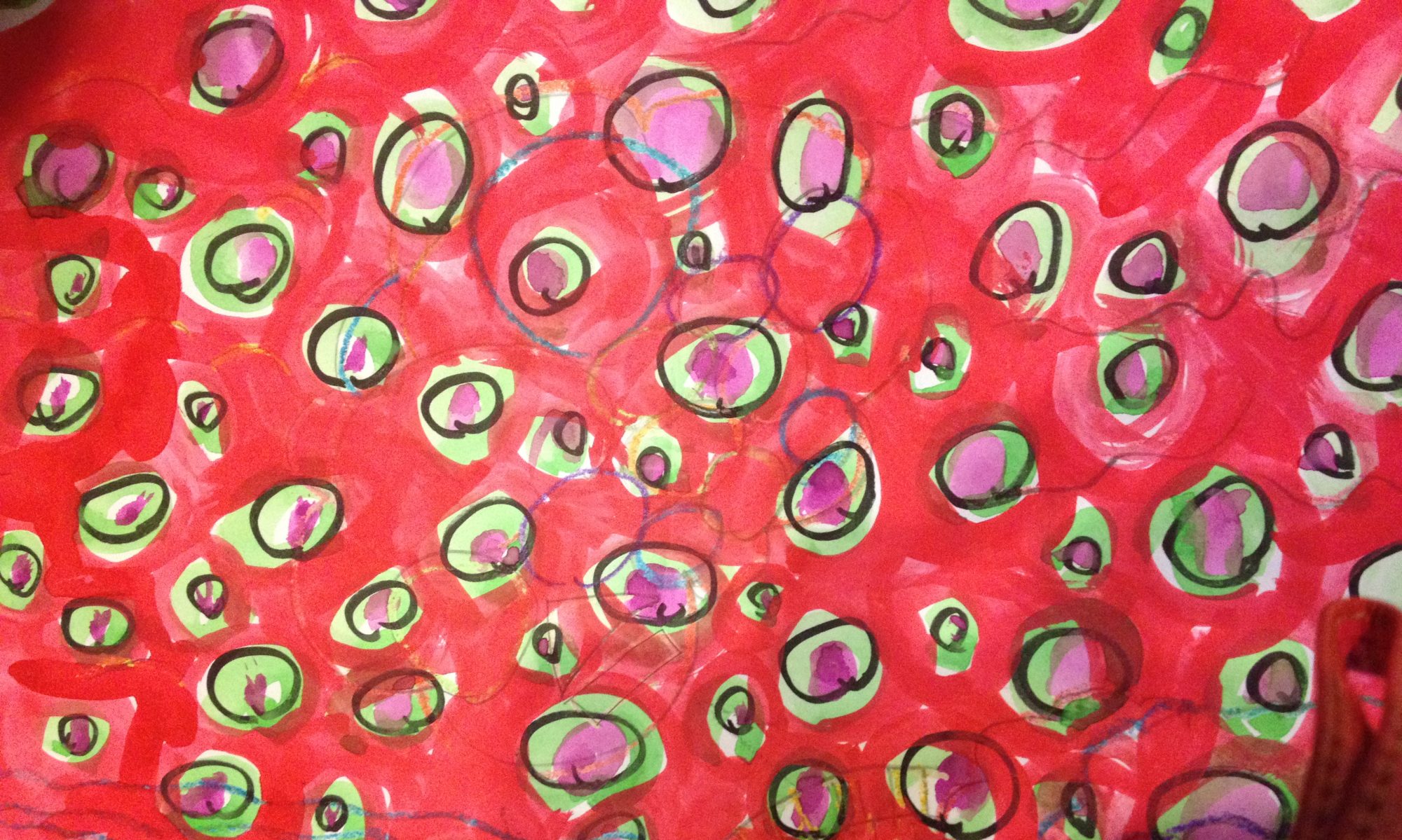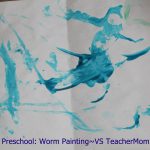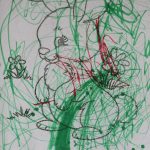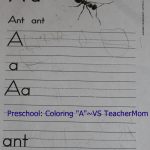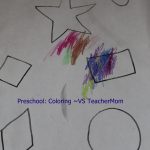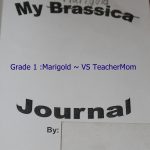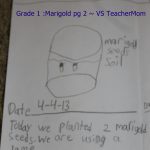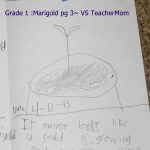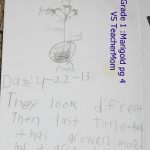Auditory Processing Disorder defined:
Auditory processing disorder (APD), also known as central auditory processing disorder (CAPD), is a hearing problem that affects about 5% of school-aged children.
Kids with this condition can’t process what they hear in the same way other kids do because their ears and brain don’t fully coordinate. Something interferes with the way the brain recognizes and interprets sounds, especially speech.
With the right therapy, kids with APD can be successful in school and life. Early diagnosis is important, because when the condition isn’t caught and treated early, a child can have speech and language delays or problems learning in school.
They have Trouble Understanding Speech
Source: KidsHealth.Org
According to Dr. Marty Burns: Auditory processing disorders occur when there has been some impediment to the development of this mental sound map, making it difficult for children to distinguish units of speech. Check out the summary provided here.
Signs I see in MY CHILD: We often give our child verbal directions that go un-answered. He is very forgetful. When working with homework, I will ask how the teacher explained these new ideas in the classroom and I get nothing back from my child. I know they discussed everything.
